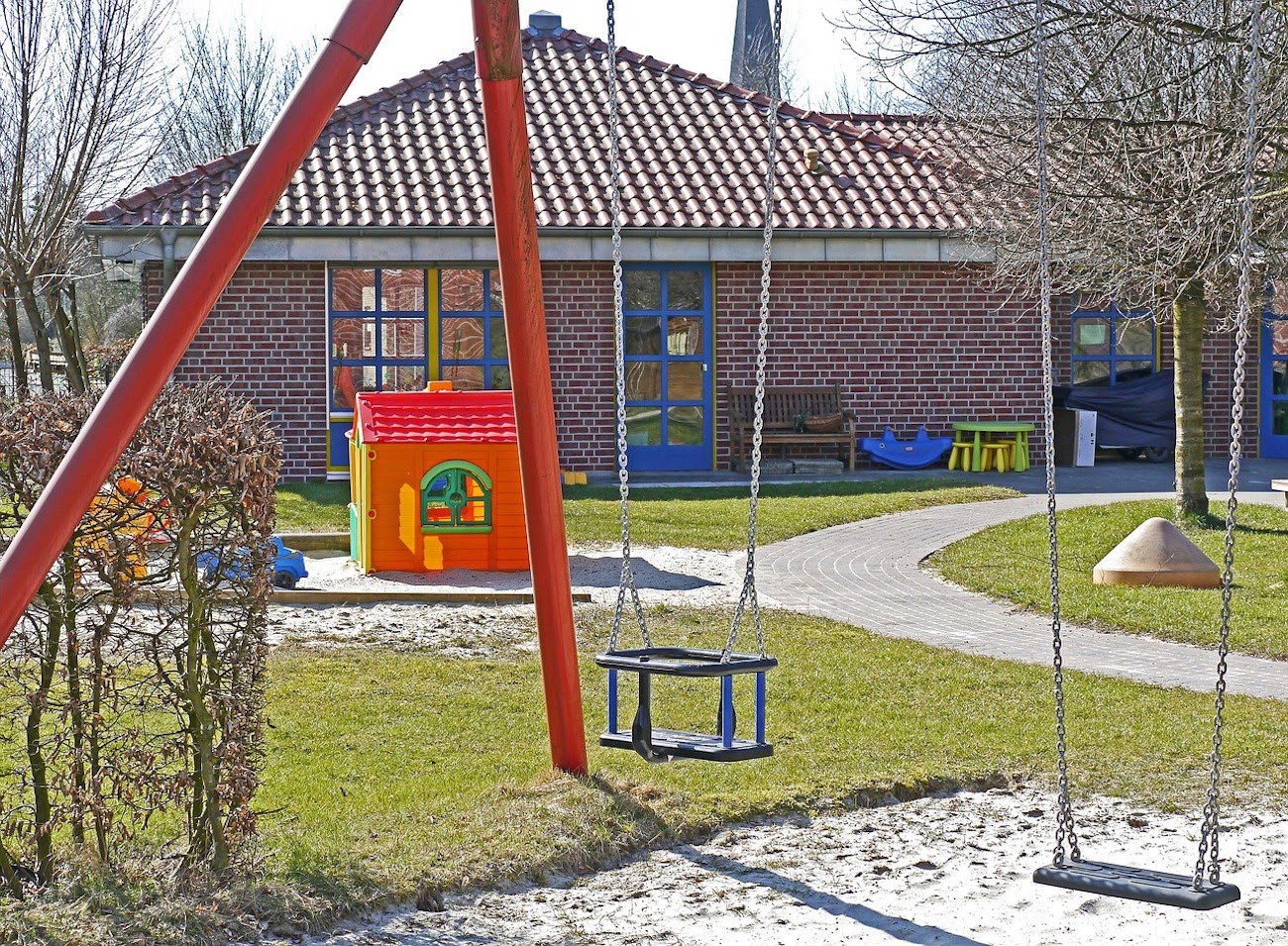
Childcare is Focus of Wadena County
May 13, 2021
Child Care has always been an important contributor for the economic vitality of rural communities. A supply of stable, quality child care providers can be an economic driver, allowing for job growth and economic development. Wadena County is facing a shortage of that care, but thanks to a program initiated by First Children’s Finance in 2019, a plan now exists to bring that care to the county.
“We want to grow the supply and business sustainability of excellent child care,” said Kari Stattelman, a Business Development Specialist with First Children’s Finance. “And Wadena County is a community with that need and good people interested in improving quality child care availability.”
Innovation
Wadena County became one of five rural Minnesota communities awarded the opportunity to participate in the Rural Child Care Innovation Program (RCCIP) in 2019. Over the course of two years, the RCCIP program is designed to develop solutions to increase the supply of high quality affordable child care in the county. Program funding comes from the Minnesota Department of Human Services, but it is an initiative of First Children’s Finance, a multi-state nonprofit Community Development Financial Institution founded in 1991. The organization seeks to help children, families and communities thrive by increasing the availability, affordability and quality of early care and education. As of June 2020, 31 communities have participated in the RCCIP process, with 1,001 new child care slots created.
After the application phases, the RCCIP processes through a Planning Phase and an Implementation Phase. The first step was to form a Core Team to lead the effort in investigating the child care challenges in Wadena County The team is made of over 30 local business members and involved citizens led by Katie Heppner, of the West Central Economic Development Alliance.
Childcare Shortage
In October 2019 as part of the Planning Phase, First Children’s Finance conducted an analysis and community survey in Wadena County, which showed a child care shortage of about  500 slots for children from birth to five years of age. The analysis revealed that it’s very difficult to be a child care provider in Wadena County, with high operating costs, such as staffing, comprising 60-80% of overall expenses. Other factors significantly influencing the ability of child care providers to sustain their child care operations were numerous rules and regulations, low pay and no benefits and long hours.
500 slots for children from birth to five years of age. The analysis revealed that it’s very difficult to be a child care provider in Wadena County, with high operating costs, such as staffing, comprising 60-80% of overall expenses. Other factors significantly influencing the ability of child care providers to sustain their child care operations were numerous rules and regulations, low pay and no benefits and long hours.
The analysis revealed that the child care shortage had severely impacted economic conditions in the county. Over 5% of businesses reported that a lack of child care contributes to issues with employee recruitment and 37% of businesses stated there is a shortage of child care in the community. Nearly 34% of survey respondents declined employment or withdrew from the workforce due to child care issues.
Based on the survey data, Wadena County has a Community Solution Action Plan with four goals to address child care shortages.
- Develop a resource roadmap and guide to successful licensing.
- Create a space where new and existing providers can share resources, experiences and ideas, such as creating child care programs that offer non-traditional hours for families working shift work or overnight, primarily for manufacturing and health care staff.
- Develop recognition and awareness activities on the topic of child care.
- Create a network of community resources who are willing to support new and existing child care businesses to increase their supply.
COVID-19 Impact
The COVID-19 pandemic has slowed implementation of some of the goals, other areas of child care expansion project discussion keeps moving forward with two very active projects in process and potential changes to community ordinances to help support providers through the licensing process. Stattelman said the program is currently in the Child Care Provider Recruitment portion of the planning phase.
“It is hard for everyone right now because of the COVID-19 restirctions because many of them are redirected to get necessary supplies like Personal Protective Equipment to existing providers,” she said. “But the core team leads are still meeting virtually, continuing to be innovative in bringing ideas to the table.”
Forward Focus
Core Team members look to the next 12 to 18 months to increase their activity this winter. Their activities should build a network of available resources to empower local child care providers to provide more care options for parents. They know a robust supply of high quality child care fosters community economic growth and prosperity.
“The future vitality of our local economy depends on the availability of reliable, quality child care,” said Heppner. “Without it, businesses will struggle to attract and retain employees and families will move from our communities to areas that are better equipped to meet their needs. We need to treat child care providers as essential service providers for our community who deserve our full support.”


